Tata Motors’ Electric Car Sales Slump To 18 Month Low: Are EVs Losing Steam?


As a surprise to a lot of industry experts and followers of automotive news, it has been reported that Tata Motors has reported its lowest monthly EV sales in 18 months. The company sold just 4,657 electric vehicles in June 2024. This is a significant decline from previous years. Due to this drop in sales, a number of questions have been raised about the future of electric vehicles in India.
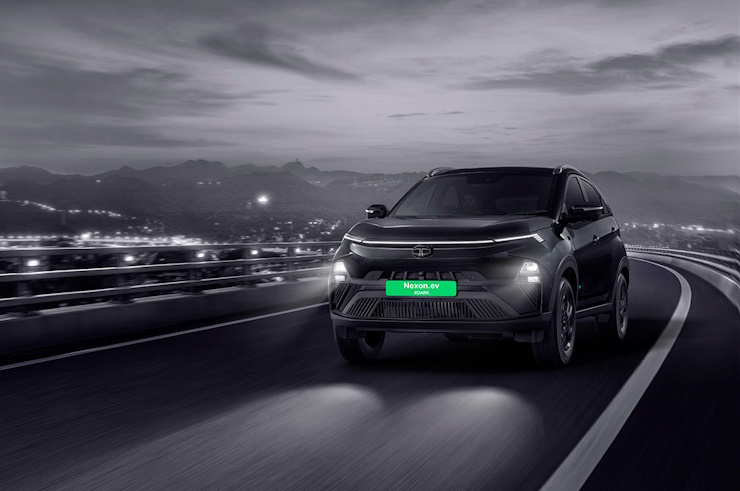
In the month of June 2024, Tata Motors’ EV sales plummeted to their lowest since January 2023. Last month, the company only managed to dispatch a total of 4,133 units. This represents a staggering 34% decrease from the 7,025 units sold in June 2023.
This month also marked the third consecutive month of year-on-year declines in EV sales for Tata. Apart from Tata Motors, the entire EV market in India experienced a 14% decline in sales in June compared to May 2024.
The total sales fell from 123,704 units in May to 106,081 units in June. Despite this monthly drop, June 2024 sales were still 20% higher than those in June 2023.

Shailesh Chandra, Managing Director of Tata Motors Passenger Vehicles Ltd. and Tata Passenger Electric Mobility Ltd., has attributed this decline to broader industry trends. He has stated that there is a significant drop in demand from commercial-use EV buyers.
He added that the end of the FAME-II subsidy scheme in March 2024, which provided incentives for fleet EV purchases, has been a major factor. The fleet-only Xpres-T EV, previously eligible for a Rs 2.15 lakh subsidy under this scheme, has seen a sharp decline in sales as a result.

The shift in the fleet market has significantly impacted Tata Motors’ EV sales. Fleet operators, which were once the primary drivers of EV adoption, are now slowing their purchases. Companies like BluSmart, Uber, and Ola initially invested heavily in electric vehicles to reduce their carbon footprints and capitalize on the cost-efficiency of EVs.
Most of these firms benefited from incentives and subsidies, such as the FAME-II scheme. This scheme provided significant financial support for fleet EV purchases. However, with the conclusion of the FAME-II subsidy in March 2024, these incentives are no longer available. Hence, this has led to a sharp decline in fleet sales.
Another huge reason is that many fleet operators have now reached a saturation point in their EV purchases. They have already acquired the necessary number of EVs to meet their operational and sustainability goals. So this has also resulted in a natural slowdown in new orders, affecting overall sales figures.

Apart from the fleet operators cutting back on orders of electric vehicles, the entry of new competitors in the fleet market is also contributing to the shift. Citroen’s eC3 and BYD’s E6 have started capturing significant market share which was once held by Tata Motors.
Citroen’s eC3 is also being deployed for fleet purposes, which has become strong competition to Tata’s offerings. At the higher end of the market, BYD’s E6 has become a popular choice for fleet operators.
This MPV is known for its superior range and reliability. This increased competition means Tata Motors now faces challenges in both the lower and higher ends of the fleet market. This has proved to be a major restricting factor to its market dominance.
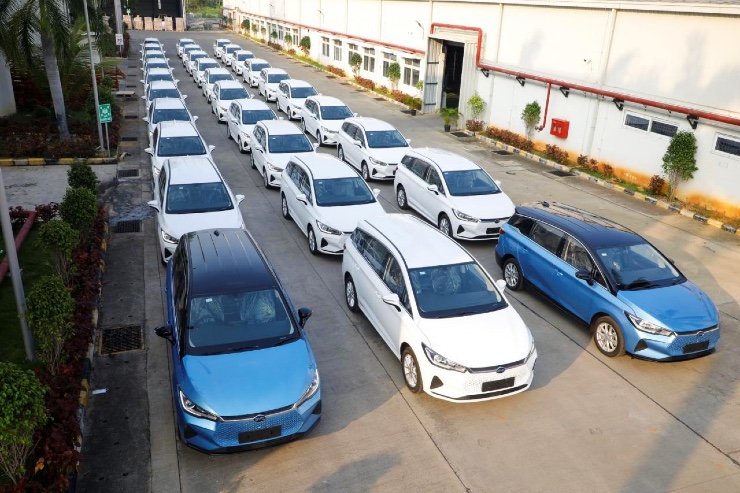
Tata’s current EV portfolio includes the Tiago EV, Tigor EV, Punch EV, and Nexon EV. All of these models are positioned within the Rs 8-20 lakh price range. To combat this issue, the company is working on the development of new and more expensive EVs based on the Harrier and Safari, along with their Avinya EV on the horizon.
Apart from Tata Motors’ own struggles in the EV segment, the broader market trends are also indicating a shift in consumer preferences. There is an increasing consumer interest in hybrid vehicles and other alternative powertrains.
Consumers are now weighing their options more carefully. They are considering factors such as total cost of ownership, charging infrastructure, and vehicle range. This shift has also made manufacturers innovate and differentiate their offerings to attract and retain customers.
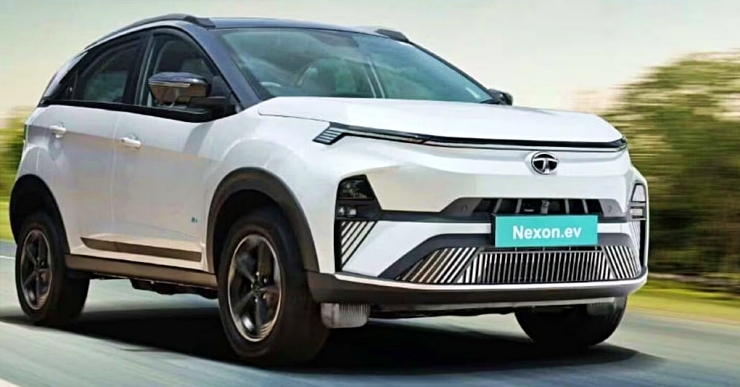
With this decline in sales of a number of electric cars, many people are now questioning why this is happening. Well, there is not one but multiple reasons behind the decline of EV sales. So without any further delay, here are those reasons.
One of the primary concerns for new EV buyers is the range. Most affordable electric vehicles, including Tata’s Tiago EV, Tigor EV, Punch EV, and Nexon EV, have a limited range. This makes them suitable primarily for city driving.
The average range of these EVs is often between 200 to 300 kilometers on a full charge. Hence, it becomes a significant limitation for those who need to travel longer distances.
While fast charging can mitigate the issue of range to some extent, this benefit comes at a high cost. Setting up fast-charging infrastructure is very expensive, and using fast chargers can be significantly more costly than charging at home.
Additionally, the wear and tear on batteries from frequent fast charging can reduce their lifespan. This then adds to the long-term costs. These factors also deter price-sensitive consumers who are looking for economical solutions for their commute.

Another one of the most important reasons behind the declining sales of EVs is the lack of charging infrastructure. While urban areas are gradually seeing an increase in the number of charging stations, the same cannot be said for the rural and semi-urban regions.
This uneven distribution makes it challenging for EV owners to plan long journeys, leading to “range anxiety” – the fear of running out of charge without a nearby charging point. So until the infrastructure catches up, potential buyers are likely to remain hesitant about switching to electric vehicles.
In a cost-sensitive market like India, electric vehicles are still relatively expensive compared to their petrol-powered counterparts. The initial purchase price of an EV includes the cost of advanced batteries and other technologies. This makes them less accessible to the average buyer.
Although EVs offer lower running costs due to cheaper electricity and lower maintenance, the high upfront cost can be a significant deterrent. This price difference means that EVs often make sense only for high-mileage drivers who can recover the cost by saving on maintenance and fuel.
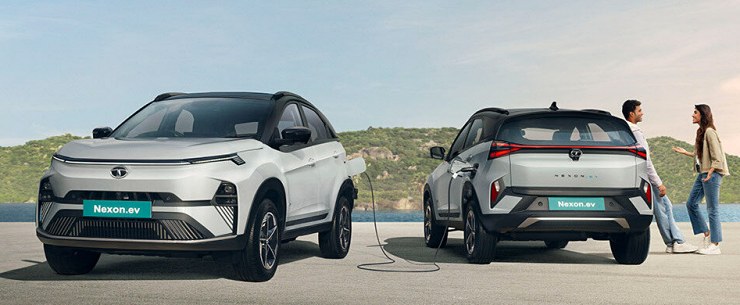
Because of all the reasons stated above, EVs are often seen as suitable second cars rather than primary vehicles. At the moment, the market for second cars is considerably smaller than for primary vehicles. Hence, this niche market also limits the potential customer base for electric vehicles.
Apart from India, the global automotive market has also seen a sharp fall in the sales of EVs. Due to this, several major automotive manufacturers are now reassessing their investments in EV technology.
Companies like Mercedes-Benz have significantly scaled back their aggressive EV expansion plans due to several factors. These include economic uncertainties, supply chain disruptions, and changing consumer demand.

Many experts have stated that the early wave of EV adoption was driven by environmentally conscious consumers and early technology adopters. However, as this segment reaches saturation, the industry must now appeal to a broader, more mainstream audience.
Globally, there is a growing interest in hybrid vehicles as a transitional technology. Hybrids offer the benefits of reduced emissions and improved fuel efficiency without the range limitations and infrastructure dependencies of pure EVs. Lastly, the regulatory environment plays a significant role in shaping the future of EVs.
Governments worldwide are implementing stricter emissions regulations and setting ambitious targets for EV adoption. Now, although these regulations are designed to promote cleaner transportation, the pace of regulatory changes can create uncertainties for manufacturers.
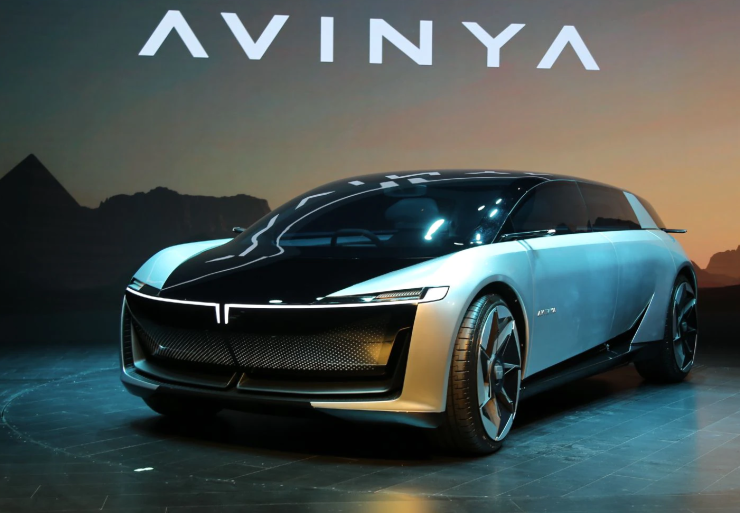
Like the entire global automotive market, Tata Motors has also revised its projections for EV adoption. The company now anticipates that by 2030, only 30 out of every 100 cars sold will be electric. Earlier, this estimate used to be around a 50-50 split between EVs and internal combustion engine vehicles.
However, despite the current slowdown, Tata Motors is still planning to expand its EV portfolio. Upcoming models like the Tata Curvv EV, Harrier EV, Sierra EV, and the flagship EV Avinya are set to join the lineup. Tata Motors is also focusing on innovation and adaptation to stay competitive.
This includes enhancing the performance and range of its EVs. It is also working on improving charging solutions. This will help in offering better value propositions to consumers. It is also working on concerns such as range, cost, and infrastructure.